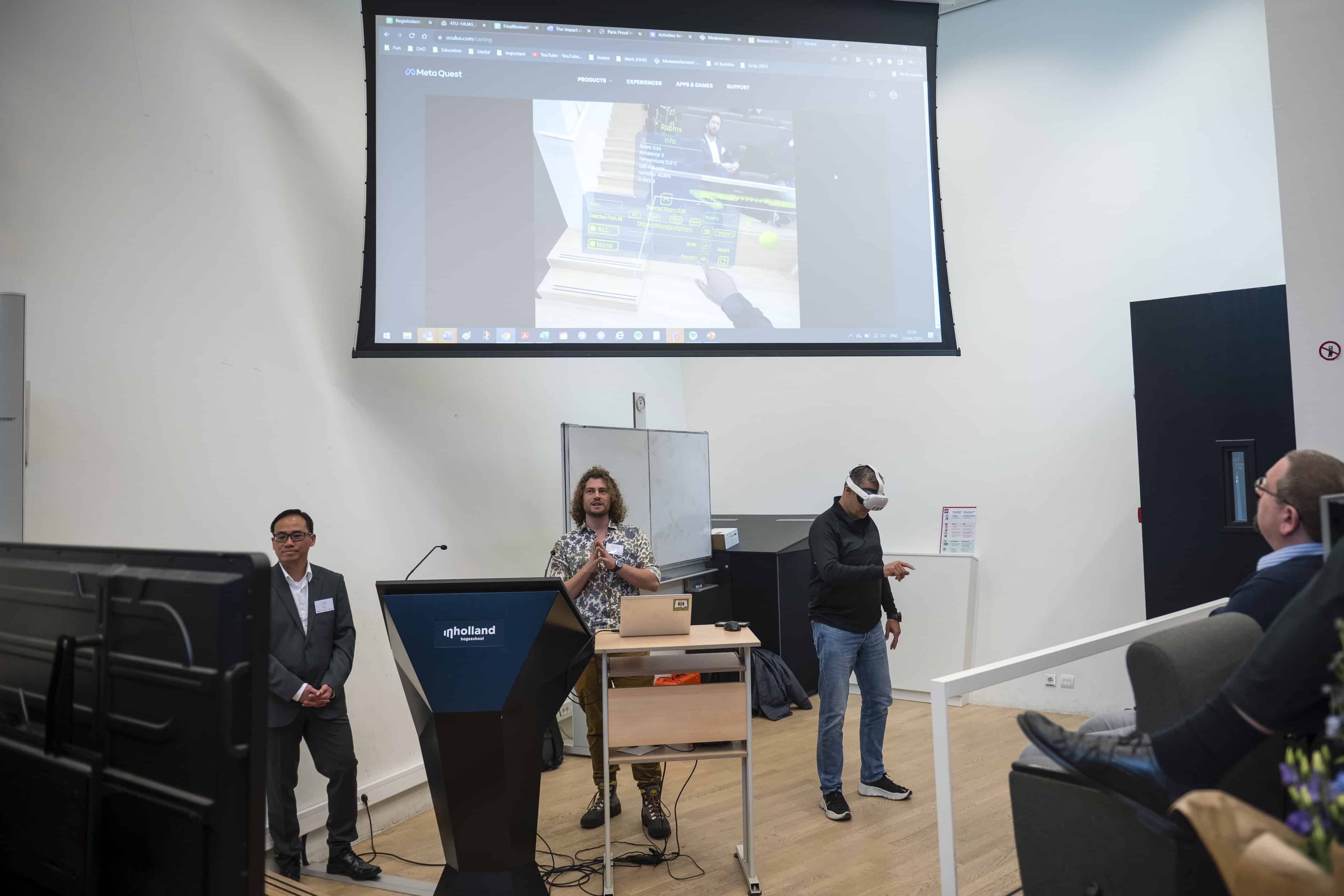
The D4Dairy consortium is working on standards that will enable a comprehensive use of data in dairy farming. The focus is on animal health and welfare and product quality.
On the Internet of Things, it is no longer selective measurements but sensors that provide data on animal health. These are sensors attached to the neck or legs that record the cow’s movements and sensors swallowed that measure the PH value in the stomach – all of this in real time. The data generated in this way promises new insights into animal health. However, a sensible use of the complex data structure requires coherent concepts. The transdisciplinary D4Dairy project aims to master complexity and develop data-supported management for dairy farming.
Networking
Thirty-one project partners from business and science network their knowledge in order to use it profitably. Stakeholders include breeding organizations, animal health organizations, farmers, veterinarians, milk processors, technology providers and other partners along the milk value-chain. The data from two million dairy cows from Austria and Germany are included in the studies. New insights will bring advanced data analysis methods such as Big Data and Infrared-Spectra. The latter will be used for the detection of milk. The consortium is led by Christa Egger-Danner from ZuchtData.
Software-Tools
In terms of implementation, the project is divided into two sectors. Sector one deals with the following aspects:
- the integration of data generated in agricultural holdings;
- the interoperability of on-farm systems;
- process development and optimization;
The complexity of the project lies in the investigation of the interrelationships between different characteristics. Furthermore, aspects of quality assurance, data exchange and data protection are investigated. Based on the findings, decision-supporting instruments will be developed. These should initially facilitate work, but also enable active herd management. These instruments will be made available to farmers by means of practicable software tools.
Data generated on farms include health-related sensors, automatic feeding systems, antibiotic use and stable climate. External data are, for example, slaughter data.
Advanced Analyses
Combined with advanced analytical methods, the integrated data allow early detection of and rapid response to health problems. The focus is on lameness and ketosis. Ketosis is a metabolic state in which the body gets its energy from burning fat instead of carbohydrates. One of the central tasks in sector one is the development of strategies against the risk of antibiotic resistance.
In addition to animal data, data from digital technologies – such as automatic milking systems, sensors and feeding systems – are also used.
In addition, studies will be conducted in a social context to learn more about acceptance by the population. What does the public think about the technologies used in the dairy industry? The research results will also be communicated to the general public.
Parameters
Sector two of the D4Dairy project focuses on early indicators and data-driven identification of risk factors for improved health.
Many animal diseases are caused by the interaction of genetic and environmental risk factors. Using Big Data analyses, it will be possible to decipher how these factors and their interactions contribute to animal health. The aim is to obtain meaningful parameters for herd management and breeding.
In a subproject, the health and nutritional status of dairy cows is to be analyzed using the biochemical composition of the milk. Using mid-infrared spectroscopy (MIR) and a large number of routine milk samples and veterinary diagnoses, new robust milk prediction models will be developed and tested.
Environmental Influences
An improvement in the environment of the animals is to be achieved through integrated on-farm monitoring, which provides various characteristics of the stable climate and air quality. In addition, specially developed sensors will be used to model the animals’ reactions to environmental factors. Algorithms for predicting performance losses will be derived from this.
Mycotoxins are a still largely unexplored problem in the feed from Austrian dairy farms. These are secondary metabolites of molds, which have a variety of health-endangering properties. In a field study, the feed will be analyzed for more than four hundred fungal metabolites. Of interest are the emergence and impact on the health and fertility of cows.
Last but not least, new insights into genetics and genomics are expected from the project. Big data analyses will provide easily interpretable management instructions for herd management and breeding purposes from complex data sources. Further information can be found here.
Also interesting:
Yeast as an Alternative Protein Source for Animal Feed
Animal Feed from Insects Enables Environmentally Friendly Livestock Farming







